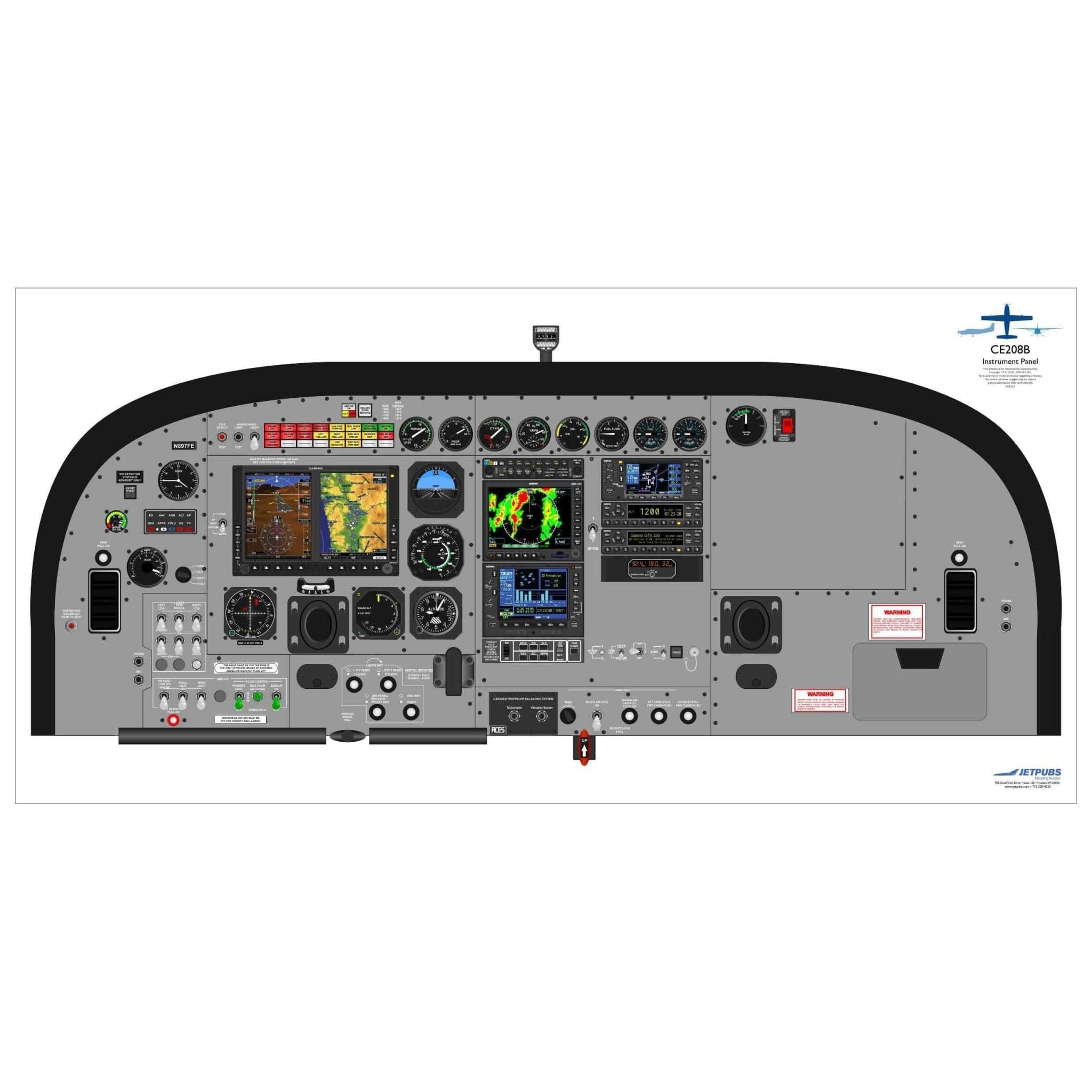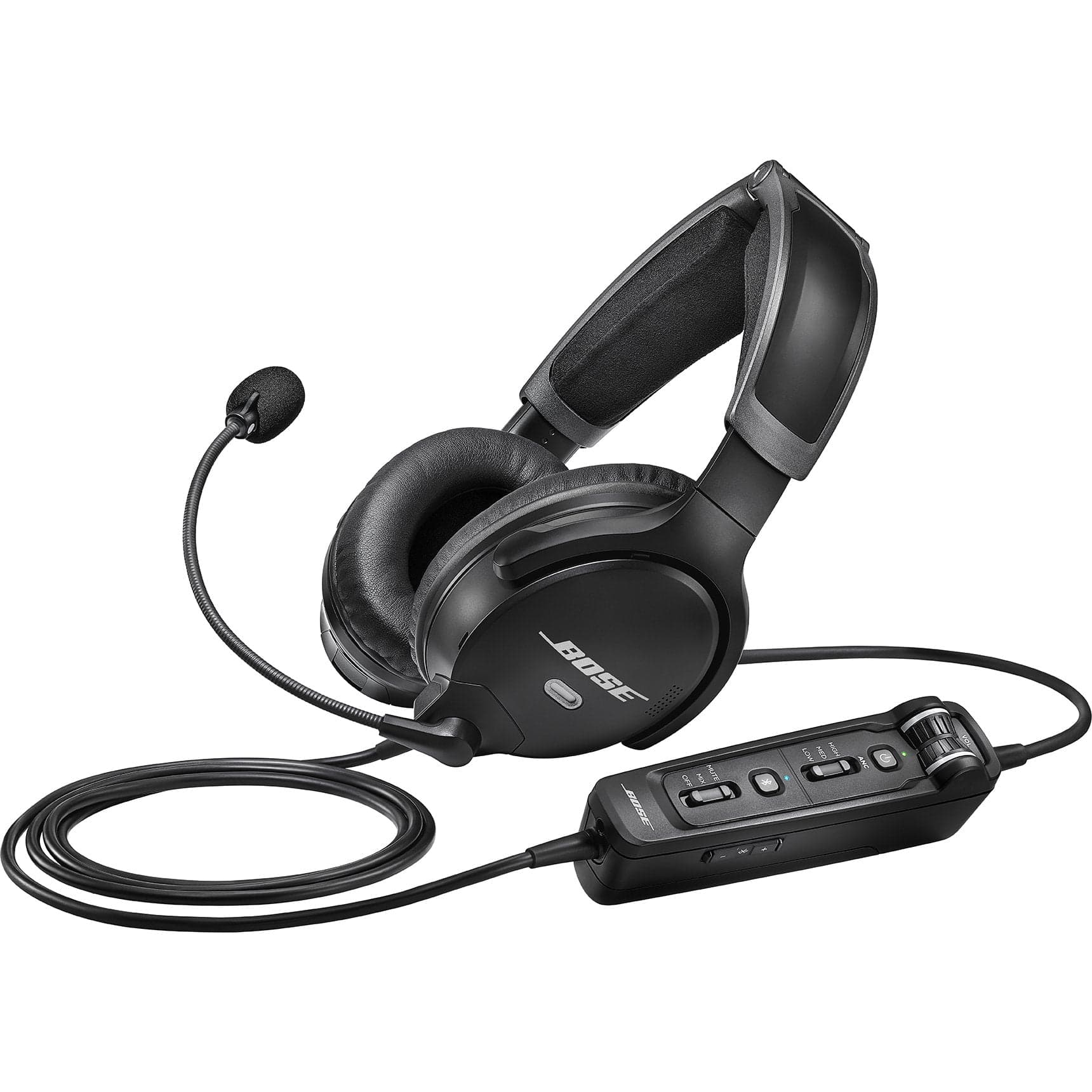Billed as “the businessman’s airplane,” the Cessna 180’s 1953 release was timed to coincide with the “Golden Year of Flight” – 50 years since the Wright Brothers’ flight at Kitty Hawk. Though it may have originally been intended for executives, the 180’s solid construction, reliable performance, and intuitive design made the Cessna Skywagon a perennial favorite for Alaskan bush pilots, Australian outback explorers, African veldt adventurers and even Idahoan aircraft enthusiasts.
Designing the Cessna 180

The concept for the Cessna 180 came about as an evolution of the Cessna 170. The 170 was a best-selling four-place aircraft in the years following World War II. Despite its success, however, at 145 horsepower, the Cessna 170 could not compete with the speed of the Beech Bonanza and similar models.
When Continental Motor’s new 225-horsepower engine came on the market, the timing was right for Cessna’s design team to put together a more powerful airplane. The new plane would complement the 170 and round out Cessna’s single-engine four-place product line. They designated this aircraft the Cessna 180.
The design focus of the 180 was mainly on function rather than form. Durability and reliability were paramount with aesthetics secondary. It may not have been flashy, but the 180 was practical, dependable, and would get you where you needed to go safely. If the station wagon was the family vehicle on the ground, the Cessna 180 filled that role in the air, earning it the nickname Skywagon.
The entire airframe of the Cessna 180 was comprised of 2024-T3 Alcad aluminum alloy metal. The fuselage had a semi-monocoque design with exterior skin sheets riveted on both it and the wings. A classic taildragger configuration and high wings made the 180 well-suited to landings in rugged locations and on unimproved strips.
In 1956 the engine was upgraded to a 230 hp Continental O-470-K and 1959 saw another upgrade to the Continental O-470-L which supported a max gross weight of 2,800 pounds.
Key Design Features of the Cessna 180

Along with the larger, more powerful engine, the Skywagon debuted with several design features that set it up for successfully attracting prospective owners.
Para-Lift Flaps
Both the Cessna 180 and its spin-off, the 185, were outfitted with large single-slotted Fowler type "Para-Lift" flaps to increase the size and camber of the wing. This design choice resulted in excellent lift at half-flaps and the potential for a very high sink rate with full 40° flaps.
Versatile Configuration

The Cessna 180 gained traction as a bush plane thanks in part to its very versatile configuration options. The 180 could be set up with standard tires, tundra tires, floats, skis, and amphibious floats.
High Strut-Supported Wings
The high wing configuration of the 180 means more clearance in rugged terrain. Strut supports reinforced the wings and added to the stability of the plane.
History of the Cessna 180

The Cessna was produced from 1953 until 1981 when production finally stopped due to a decreased demand for light aircraft sales. The original 180 was followed by models 180A through 180K. By the time production was completed, a total of 6,193 Cessna 180s had been produced.
One of the most famous Cessna 180s is the Spirit of Columbus. This 1953 Cessna 180 was flown by Geraldine Mock during her 1964 record setting flight. Mock was the first female pilot to fly around the world and she wrote of her adventure in her book Three-Eight Charlie, so named for the Spirit of Columbus’ tail number (N1538C). The Spirit of Columbus is now on display at the National Air and Space Museum in Washington D.C.
In addition to use by private individuals, companies, and charter companies, the Cessna 180 was also put into service by the military in multiple countries including Australia, Burkina Faso, El Salvador, Guatemala, Honduras, Israel, Khmer Republic, Kingdom of Laos, Nicaragua, Philippines, Thailand, and Uruguay.
The Cessna 180 lived up to its dependable and safe reputation with no airworthiness directives involving airframe structure having been issued thus far since its 1953 debut.
Flying the Cessna 180

When it is time to fly the Cessna 180, there are just a few quirks to be aware of. For starters, as is the case with many taildraggers, visibility is limited while on the ground. This means that pilots may find themselves doing the infamous S-turn during taxiing.
Gusty conditions increase the potential for ground loops if the pilot is not paying careful attention to the rudder. An Aviation Safety study done in 1980-1981 found that 42% of accidents in Cessna 180s were attributable to takeoff or landing ground loops. Watch your speed and glidepath on landings to avoid an unpleasant bounced landing.
For an aircraft-specific guide to landings, review airwebster’s Landing the Cessna Skywagon and Related Mythology. The August 2018 edition of Cessna Owner Magazine also offers insight into how to fly the Skywagon.
Modifications to the Cessna 180
Take an aircraft that has been around as long as the 180, and you are bound to find plenty of modifications that owners have made to further enhance the performance and customize the configuration of their aircraft.
Back Seat Replacement
One of the most common mods for the 180 is the removal of the back seats. Pilots often replace the original seats with fold-up bush seats to increase versatility and make room to easily switch between carrying either cargo or passengers.
Tundra Tires
A standard tire performs well enough on a paved runway, but for backcountry landings in rugged terrain, a more forgiving tundra tire offers a performance edge and the ability to clear obstacles that a standard tire would not. Add in a 10-inch tail wheel fork for additional clearance capabilities.
Shoulder Harnesses and Seat Locks
Owners can add B.A.S. inertial reel shoulder harnesses to their Cessna 180s for extra safety. An Aerostop seat locks keeps seats from rolling backwards. This is especially welcome at key moments of the flight such as during takeoff.
Gross Weight Increase
The already excellent load capabilities of the 180 can be further enhanced by adding a vertical fin and rudder to 1964 and newer aircraft. The fin and rudder are similar to that of the Cessna 185 and allow pilots to increase their plane’s gross weight to 3,190 pounds.
Wingtip Extensions
Shorten your takeoff roll even more by installing wingtip extensions like those available from Wing-X. The extra wing length will generate the increased lift you need to get airborne faster than ever.
STOL Kit
Configure your 180 for the ultimate short takeoff and landing (STOL) performance with a STOL kit. Kits are available with a camber lift wing that is a favorite of bush pilots and floatplane pilots.
What is the difference between a Cessna 180 and 185?
The Cessna 180 and 185 are so closely related that you will often see references to the “Cessna 180/185.” The 185 was born as a variant of the 180 and was produced from 1961 until 1985.
Just as the 180 was developed to be a more powerful version of the 170, the 185 was essentially a more powerful 180. The original 185 released in 1961 with a 260 horsepower Continental IO-470 compared to the 180’s 225 horsepower engine.
In 1966, that power was upgraded even more to a 300 horsepower Continental IO-520. The upgraded power allowed the 185 to support an increased useful load. It was one of only a few airplanes capable of carrying a useful load of more than the aircraft’s empty weight.
Other new features were stronger landing gear, axles, and fuselage plus an extended interior and third side window to add to the creature comforts of the new craft. An enlarged dorsal fin helped to stabilize and control the additional power.
The Cessna 185 has its place, however for backcountry flying, many bush pilots still prefer the Goldilocks nature of the just-right-sized 180.
How much does a Cessna 180 cost?
In 1953, the original 180 could be purchased for a base price of $12,950. 1981’s 180K model was available for a base of $57,190.
Today if you can locate one of these increasingly elusive aircraft, you can expect the typical 180 prices to be in the range of $50,000 to $150,000 with very well-restored planes easily selling for more. Start your search in Alaska or Idaho where many of the remaining Skywagons are currently found.
Remember to factor in ownership costs. Plane Phd estimates the annual cost of ownership to be roughly $21,175 for a pilot who logs an average of just under 120 hours of flying per year.
Cessna 180 Specifications
- Engine: Continental O-470-A
- Horsepower: 225 hp
- Propeller: McCauley constant speed aluminum alloy 88 inches
- Length: 26 feet 2 inches
- Height: 7 feet 6 inches
- Wingspan: 36 feet
- Wing Area: 174 square feet
- Wing Loading: 14.6 pounds/square foot
- Power Loading: 11.3 pounds/horsepower
- Seats: 4
- Cabin Width: 36 inches
- Empty Weight: 1,520 pounds
- Maximum Gross Weight: 2,550 pounds
- Useful Load: 1,030 pounds
- Baggage Capacity: 120 pounds
- Fuel Capacity: 60 gallons
Cessna 180 Performance
- Takeoff Distance Ground Roll: 382 feet
- Takeoff Over 50 ft. Obstacle: 995 feet
- Rate of Climb, Sea Level: 1,150 feet per minute
- Top Speed: 166 miles per hour
- Cruise Speed: 161 miles per hour
- Stall Speed: 58 mph dirty
- Fuel Consumption: 13.5 gallons per hour at 75% power
- Endurance: 4.8 hours
- Range: 775 miles
- Service Ceiling: 20,000 feet
- Landing Ground Roll: 372 feet
- Landing Over 50 ft. Obstacle: 1,200 feet
Cessna 180K Specifications
- Engine: Continental O-470-U
- Horsepower: 230 hp
- Propeller: McCauley constant speed aluminum alloy 82-inch
- Length: 25 feet 7-1/2 inches
- Height: 7 feet 9 inches
- Wingspan: 36 feet
- Wing Area: 174 square feet
- Wing Loading: 16.1 pounds/square foot
- Power Loading: 12.2 pounds/horsepower
- Seats: 6
- Cabin Width: 40-1/4 inches
- Empty Weight: 1,650 pounds
- Maximum Gross Weight: 2,810 pounds
- Maximum Takeoff Weight: 2,810 pounds
- Useful Load: 1,160 pounds
- Baggage Capacity: 170 pounds
- Fuel Capacity: 88 gallons
Cessna 180K Performance
- Takeoff Distance Ground Roll: 625 feet
- Takeoff Over 50 ft. Obstacle: 1,365 feet
- Rate of Climb, Sea Level: 1,100 feet per minute
- Top Speed: 170 miles per hour
- Cruise Speed: 163 miles per hour
- Stall Speed: 63 mph clean / 56 mph dirty
- Fuel Consumption: 13 gallons per hour at 75% power
- Endurance: 5.6 hours
- Range: 785 miles
- Service Ceiling: 17,700 feet
- Landing Ground Roll: 480 feet
- Landing Over 50 ft. Obstacle: 1,365 feet
Additional Reading Material
Cessna 180 Manuals and Checklists are available at PilotMall.com










